6 Tips For Feeding Your Used Car Addiction Without Going Broke

I have mentioned before that I’ve owned a few cars over the years—30 to be exact, including the 27 I have pictured in my profile, two parts cars that I thoroughly enjoyed cutting up with a sawzall, and the latest experiment, a 2002 Infiniti I35 Sport that will get new motor mounts as soon as my broken ankle heals up enough to crawl around the garage. Or until I get impatient and just duct tape a couple of pillows to my cast and go for it.
What can I say? I love used cars. They don’t have to be fast or performance oriented to be fun and exciting, because age and mileage makes each vehicle unique. And sometimes you just get surprised by something, like when I bought a 2000 Chevy (aka GEO) Metro three-cylinder five-speed hatchback that turned out to be a hoot to thash down rally-spec back roads, skating the gravel on skinny tyres with the gas pedal flat-out. On the other side of the coin is the 2003 SVT Mustang Cobra Convertible I bought just a couple of years ago. Amazing machine, but despite having 500bhp with a six-speed manual and independent rear suspension, I just never really fell in love with it like I thought I would.
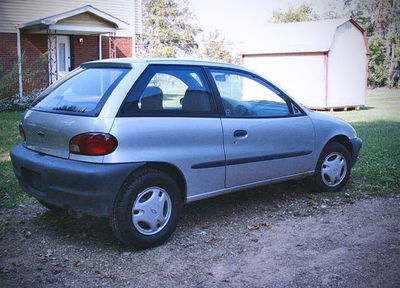
My point being this: you can spend all your time and effort on a single model or manufacturer, or you can sample as much of the automotive landscape as possible. I’ve embraced the latter, and since my bank accounts are perpetually empty, I’ve had to be smart about my used car purchases. As a result, I’ve come out a bit ahead in the financial realm, despite owning 30 cars in the last 15 years. For those who yearn to own every car ever built but can’t afford them all at once, here are a few pages from the Christopher Smith guide to constantly buying cars without having to get a loan, or a divorce.
Rule No.1: Fall in love with the car after you buy it, not before
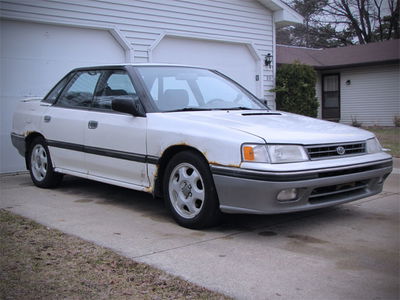
Let me explain this with a personal example. I’ve always wanted a first-generation Subaru Legacy turbo. Here In the States they were only available for a few years, and when I found a 1991 five-speed relatively close to home, I jumped on it. The seller agreed to meet me a couple of hours away, but before I’d even looked at the car I’d convinced myself to buy it.
That’s bad*, because I then ignored the terminal rust underneath as well as the leaking fuel lines and the loose front suspension. I’d fallen in love with the idea of owning that car when I should’ve remained objective. When you see people selling project cars because they “lost interest,” this is why. Fall in love with the car after the purchase, but stay rational during the inspection to make sure you don’t make a bad decision.
Rule No. 2: After a year, it’s time to move on
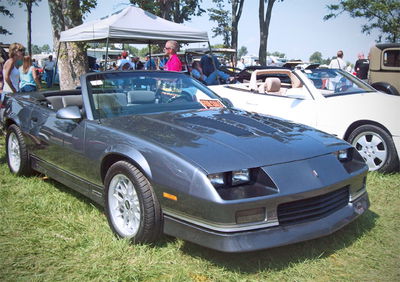
This is the key to staying ahead of the financial curve when it comes to cars. Obviously you have to buy it right in the first place, but then you have to let it go before depreciation and additional maintenance costs come into play. Age, mileage, and demand will of course play a role in the car’s value, but generally speaking, a selling window of 6-12 months after you buy it is the sweet spot. That gives you time to handle maintenance, get it dressed up, have some fun, then move on to something new.
Rule No. 3: Shop the seller as well as the car
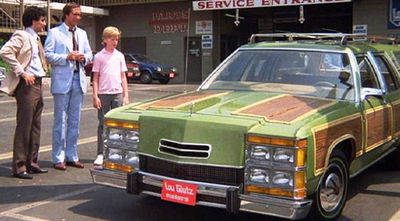
This is especially important when buying cheap used cars, but it still matters in any used vehicle purchase. Ask specific questions about their time with the car, any issues they had, work they had done, and the big one—why are they selling it.
Obviously you’ll want to be very wary of those who are clearly blowing smoke from their backsides, but also be wary of the sellers who talk way too much; odds are they’re trying to hide something. You don’t necessarily need to trust the owner to buy the car, but you should at least know if they’re deliberately trying to snowball you.
Rule No. 4: Never look at a car in the dark
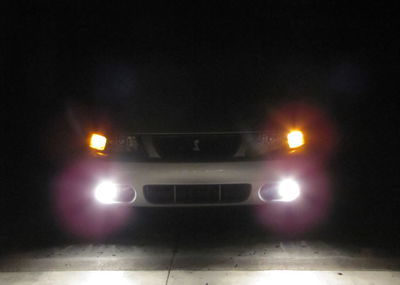
Unless you can get the car into a very well lit garage, never look at a car after dark. Even with flashlights, there’s too much that can go unchecked. Be patient and wait until daylight. If the seller won’t wait, you probably don’t want that car.
Rule No. 5: Don’t mess with major rust, fuel leaks, heater core leaks or transmission problems
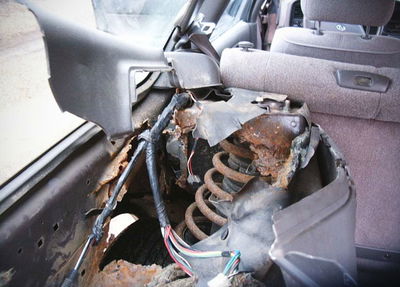
Consider this as more of a general rule, because sometimes these issues can be easy fixes - sometimes - but they can often be very deceptive and that’s why I mention these specifically. What could be an easy fix with a $30 heater core might become a $1000 nightmare once you get the dash pulled. And sure, the fuel leak under the car could just be a loose hose clamp, but more often than not it’s a rusted line or fuel tank. And if it’s that rusty underneath, you’ll likely have severe rot in critical areas that cannot be fixed.
Transmissions are just flat-out expensive to work on, even if you have the skill to do a rebuild or tranny swap. And while it might be tempting to buy a car that grinds 3rd gear on occasion, or seldom clunks on downshifts because “it’s always been that way,” remember that, unless you go in for the expensive repair, you’ll have to sell around those same symptoms later on. That is, unless they lead to catastrophic failure.
Rule No. 6: Keep it simple.
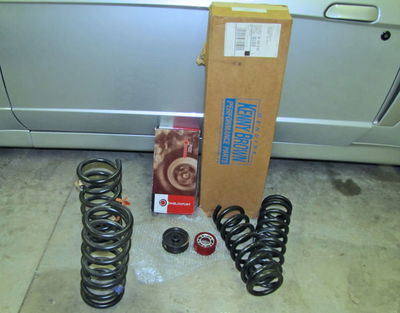
Don’t get caught up in a bunch of modifications that will drain your funds without adding a single cent of value to the car. Save the big performance tweaks for your long-term project, and instead add inexpensive things that will give the car broader appeal. A nice $200 stereo never hurts, or get a window tint for $150. The average buyer will be more interested in such things as opposed to a cold-air intake, slammed suspension or loud exhaust.














Comments
No comments found.